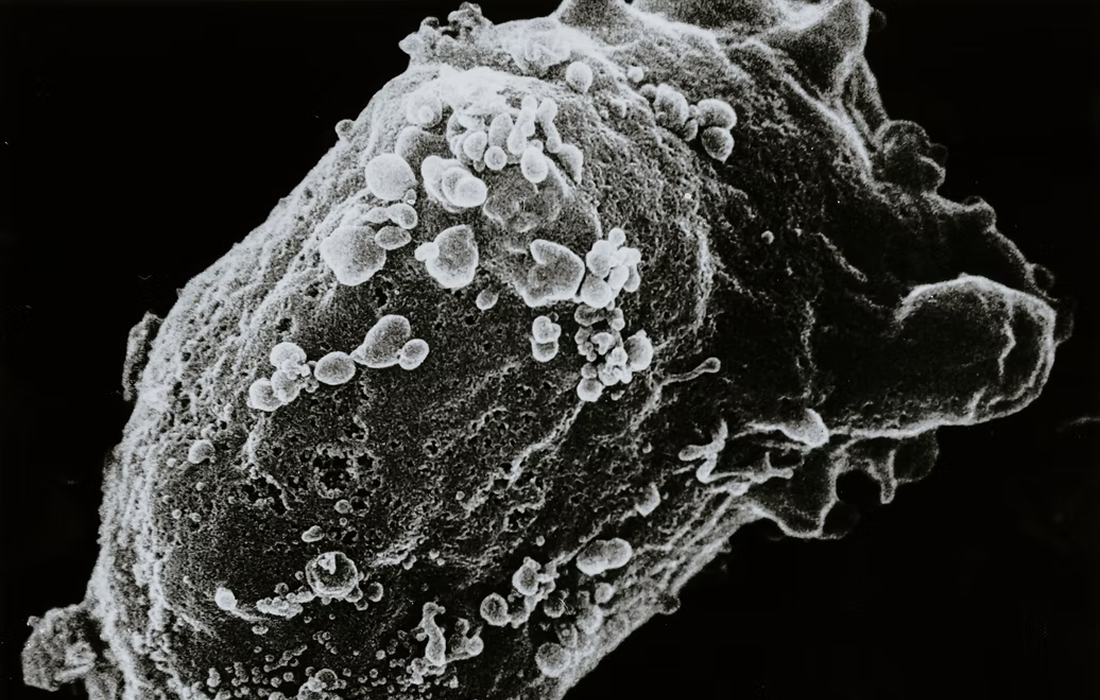Regenerative Medicine News and General Information
IL-9 Receptor Used to Enhance T Cells and Kill Tumors
The use of synthetic receptor signaling has the potential to overcome major barriers in the treatment of solid tumors, including the need for chemotherapy by endowing adoptively transferred T cells with new functions.
Recently, a team of researchers has found that a synthetic IL-9 receptor allows cancer-fighting T cells to do their work without needing chemotherapy or radiation. The results appear in the journal Nature.
For the study, the team designed a synthetic IL-9 receptor that allows T cells to gain new functions that help them outcompete the existing immune system and kill cancer cells more efficiently, without the need for immunosuppressive therapy.
A Targeted Therapy without the Toxic Side effects of Chemotherapy
Interleukin 9 receptor (IL9R) also known as CD129 (Cluster of Differentiation 129) is a type I cytokine receptor.
IL-9 signaling is not typically active in naturally occurring T cells, but the synthetic IL-9 signal makes T cells take a unique mix of both stem-cell and killer-like qualities that made them more robust in fighting tumors. According to the team, in one of the mice models used over half the mice treated were cured.
The team treated cancers that are considered difficult to treat, pancreatic cancer and melanoma, using the T cells targeted to cancer cells through the natural T cell receptor or a chimeric antigen receptor (CAR). They tried both by giving the cytokine to the whole mice or directly to the tumor and both worked.
Hopefully, this successful trial will lead to larger studies on humans. Although performed in mice models the results seem promising for the treatment of difficult to treat cancers and with the added benefit of not needing toxic chemotherapy before.
Sources:
University of California – Los Angeles Health Sciences. “Study identifies receptor that could alleviate need for chemo, radiation pre-T cell therapy.” ScienceDaily. ScienceDaily, 8 June 2022. <www.sciencedaily.com/releases/2022/06/220608161436.htm>.
Anusha Kalbasi, et al. Potentiating adoptive cell therapy using synthetic IL-9 receptors. Nature, 2022; DOI: 10.1038/s41586-022-04801-2.
Image from:
Photo by National Cancer Institute on Unsplash

